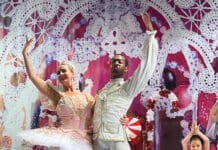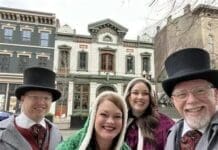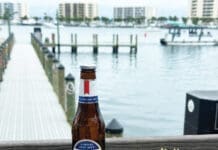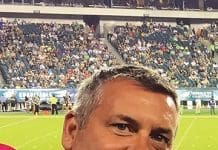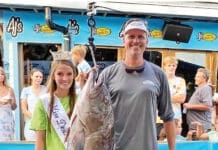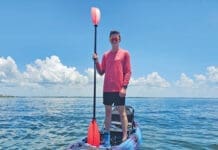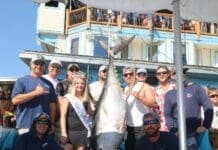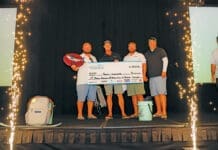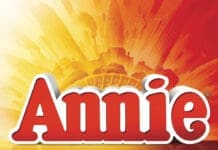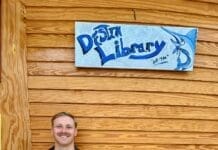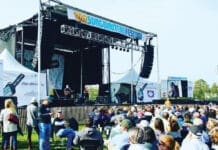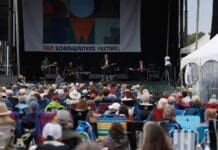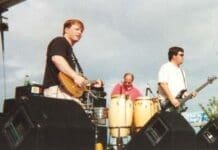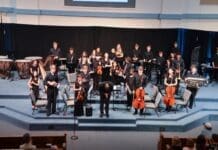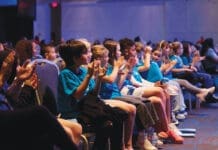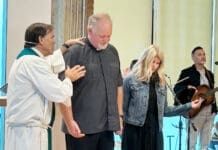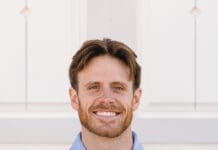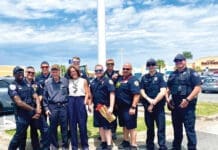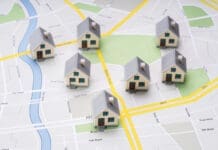By Tamara L. Young
This time, Mayor Wagner and I sat down to discuss building bridges. We look forward to working with the community to get ideas and considerations for a new Marler Bridge structure.
TY: Anyone who has ever passed over Marler Bridge realizes the view is stunning. However, the traffic flow can be less than stellar. What’s in the works for that bridge?
BW: You’re right, the view is outstanding, but the congestion and aging structure are real concerns that must be addressed. That’s why the state has placed the Marler Bridge in the queue to be fully replaced. The current plan is to widen the bridge to six lanes, add 10-foot-wide multi-use pathways on both sides for pedestrians and cyclists, and increase the clearance height to 65 feet. These upgrades are part of FDOT’s regional vision for Highway 98, similar to what we’re seeing across the Panhandle.
TY: A new bridge there has the potential to be an iconic entrance into Destin. The formation of a Bridge Aesthetics Committee will be exciting. We’ll want citizen input on the visual of it, but also pedestrian pathways, water access and more.
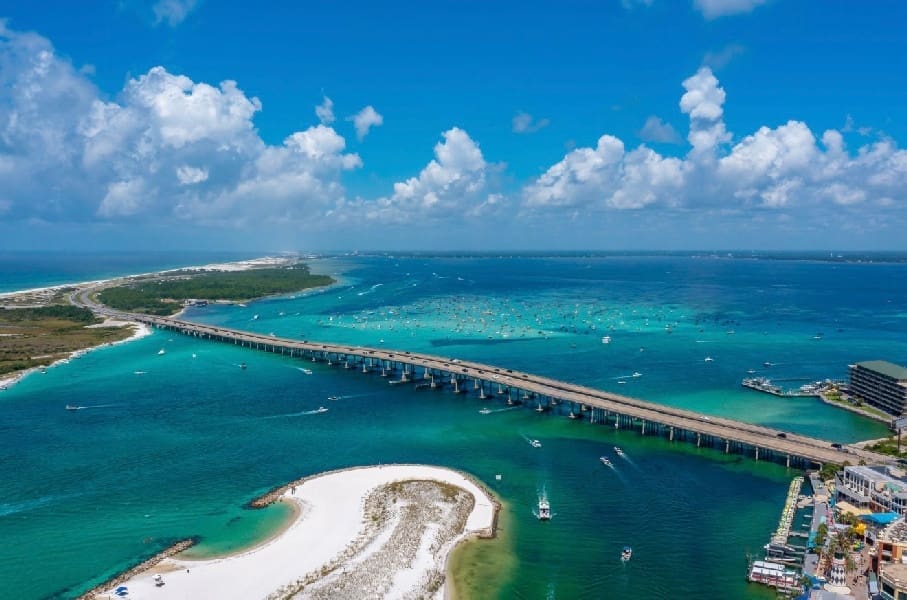
BW: That’s the goal. If we sit back and accept the default plan, we’ll get a standard “utility bridge”—no frills, just concrete. Instead, we’re working with residents and businesses to create something iconic: a landmark that reflects who we are as a community. We’re tasking a committee and launching a public input process to ensure it’s not just about cars, but also people, boaters, views and public spaces.
TY: We’ve got a solid public engagement plan in place to survey, hold workshops and round tables and such. What else would you like the community to be thinking about in terms of that space?
BW: This is our chance to speak up and create something better. But the window is short—we must act now to influence the state’s final design and investment strategy.
TY: I’ve heard some people ask: “Is this just a vanity project?” Does the bridge actually need to be replaced?
BW: That’s one of the most common questions I get—and the answer is a firm yes. This isn’t just about looks. The bridge has received low structural ratings in past evaluations. If you look closely at the west side, you’ll see extra braces that were added years ago to support failing pillars. This is a need, not a want.
TY: So, what about cost? Does going for something more elaborate drive the price up significantly?
BW: Surprisingly, no. Most of the cost goes into building the bridge itself. Enhancements like wider pedestrian paths, improved design elements, or fewer support columns for better water views are a small percentage of the total budget. And the return on investment is huge:
- Safer walkability for locals and tourists.
- Better fishing platforms and scenic overlooks.
- Improved boating access thanks to the raised height.
- And an elevated quality of life and economic potential for our entire region.
TY: Let’s talk about boating. Why is the bridge height increase so important?
BW: We’re home to a huge number of marinas and boating families—not to mention the blue economy that surrounds them. A 65-foot clearance allows more vessels, including tall sailboats and commercial boats, to pass underneath. That opens up Choctawhatchee Bay to more visitors by water and makes it easier for locals to access the Gulf. We’re working with marina owners and the boating community to make sure this bridge supports their needs.
TY: What kind of design philosophy are you envisioning?
BW: For me, less is more. That means:
- Fewer pillars, giving better views from the water.
- Simplified, elegant design that blends with our coastal landscape.
- Dedicated space for people—not just cars.
At the end of the day, I want something that honors where we’ve been and leads us into where we’re going—something we can point to and say: we built that together.


